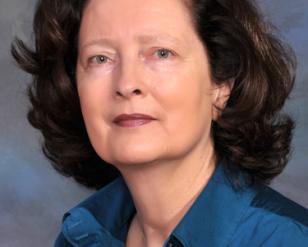While attending the Continuums of Service conference in San Diego recently, I spent an insightful morning at a workshop entitled A Focus on Place: A New Paradigm for Community Engagement in Higher Education. Drawing on their book, “Place-Based Community Engagement in Higher Education”, Kent Koth (Seattle University) and Erica Yamamura (Seattle University) along with Karin Cotterman (University of San Francisco), John Loggins (University of San Diego), and Jennifer Pigza (Saint Mary’s College), presented a model for community engagement that focuses on fewer partners but deeper relationships between institutions and neighborhoods. This creates more of a balance between institution and place. Faculty and students look at things in less of a transactional way but rather as a means for deeper connections with a particular place. These prolonged commitments to place offer opportunities for change maker work focusing on the needs of the community. Within this model, the university and the neighborhood work together in a democratic relationship that focuses on the long term needs of the community. This perspective seems much more in tune with the long-term goals of service-learning in that it allows for the community partner and the university to develop a reciprocal relationship which focuses on the needs of the community and extends beyond a specific academic calendar.
Related: University & Community Partnership in Literacy Studies & Elementary Education
Karin, Kent, John, Jennifer, and Erica all gave insights into how their particular university engages in place based community engagement. Some schools, like University of San Diego, participated within a community that was directly next to the university. Other schools, like Saint Mary’s, traveled thirty minutes to engage with a community. Hearing about the experiences of universities in varying contexts committing to service partnerships with particular neighborhoods helped the workshop participants work through the intricacies of this place intensive community engagement.
Related: Students Want to Vote
The last part of the session was organized around small group roundtable discussions with the different session leaders about various topics. We were given time to move to three different topic discussions. These intimate conversations gave the participants an opportunity to raise additional questions about more focused topics. I came away from this workshop with renewed vigor about community engagement and an insight into a method for strengthening partnerships with communities. This method of service learning has inspired me with a direction for the School of Education service-learning focus. I plan to meet with the educators in the SOE who employ service-learning in their courses and discuss the possibility of place-based community engagement.


